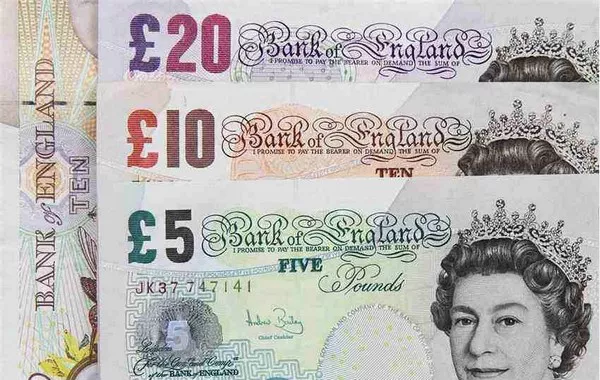In the Asian market on Monday, GBP/USD interrupted four consecutive gains and fell slightly to around 1.2660. Hawkish comments from Federal Reserve officials strengthened the US dollar, which in turn weighed on GBP/USD. Separately, falling consumer confidence data in the UK in February is also weighing on the pound.
Last Friday, the British GfK consumer confidence index was -21, lower than market expectations of -18 and lower than the previous value of -19, indicating that consumer confidence in British economic activity in February has declined. However, mixed UK purchasing managers’ index (PMI) data for February released on Thursday provided some upside support for the pound.
Economists at Bank of Tokyo-Mitsubishi UFJ analyze the outlook for Sterling (GBP). Economists at Bank of Tokyo-Mitsubishi UFJ noted that recent UK PMI data suggested the outlook was improving and that the technical recession experienced in the second half of last year appeared to be coming to an end. Improving global risk sentiment may allow the Bank of England to join other central banks in maintaining a patient stance. Furthermore, inflation is still likely to hit the 2% target in April.
The U.S. dollar index was steady after recording gains in the previous two sessions. The U.S. dollar index held steady near 104.00 despite subdued U.S. Treasury yields. As of press time, the 2-year U.S. Treasury yields and the 10-year U.S. Treasury yields were 4.67% and 4.23% respectively.
New York Fed President John Williams hinted in an interview that a rate cut may be considered later this year, but stressed that it would only be implemented if deemed necessary. In addition, Federal Reserve Governor Christopher J. Waller also suggested that the Fed should delay cutting interest rates for a few more months to assess whether the high level of inflation in January was an anomaly.


